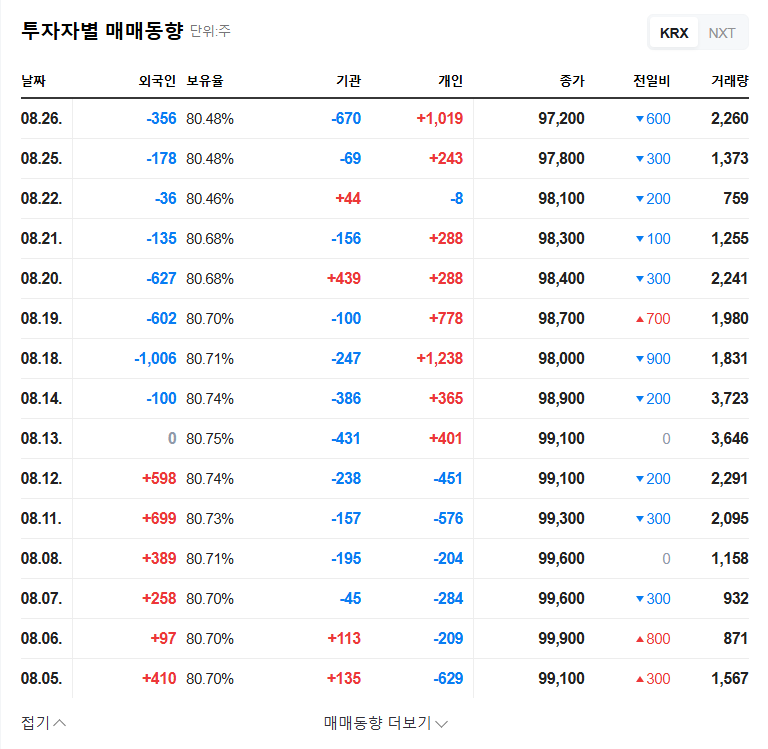
What Happened?
KTis will merge with its subsidiary HNC Network, with the merger date set for December 1, 2025. KTis will be the surviving entity, and HNC Network will be dissolved. By merging with HNC Network, which operates call centers and provides staffing services, KTis aims to strengthen its business competitiveness and improve management efficiency.
Why the Merger?
KTis has been focusing on its core contact center and distribution businesses after divesting its digital advertising division. This merger is interpreted as a strategy to enhance core business competitiveness by creating synergy in the call center business and increasing management efficiency. Cost reduction effects are also expected through organizational integration and operational streamlining.
Potential Impact of the Merger
- Positive Impacts: Synergy in call center business, enhanced management efficiency, potential improvement in financial structure.
- Negative/Neutral Impacts: Potential short-term financial burden, uncertainty regarding synergy creation, potential lack of relevance with existing core businesses.
While positive effects can be expected from the merger, factors such as short-term financial burden and uncertainty regarding synergy must also be considered.
Action Plan for Investors
Investors should closely monitor the synergy creation after the merger, its relevance to KTis’s core businesses, and the actual improvement in financial performance. It is crucial to pay attention to how KTis secures growth momentum and maintains competitiveness amidst the growth and intensifying competition in the AICC market. Carefully reviewing post-merger earnings announcements and management’s business strategies is essential.
Frequently Asked Questions
When is the merger date?
December 1, 2025.
What is the purpose of the merger?
To strengthen business competitiveness and improve management efficiency.
How will the merger affect KTis stock price?
The potential impact of the merger can be both positive and negative. Stock price volatility may occur depending on various factors, including synergy creation and market conditions.

